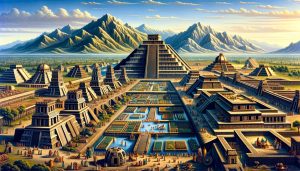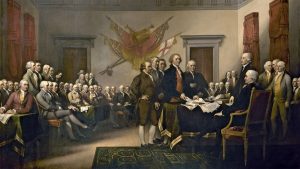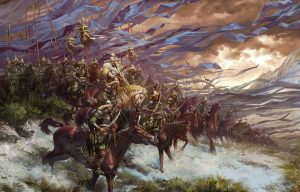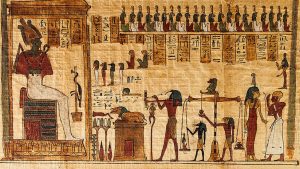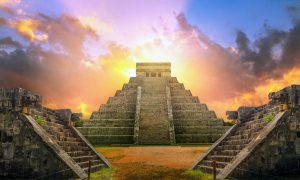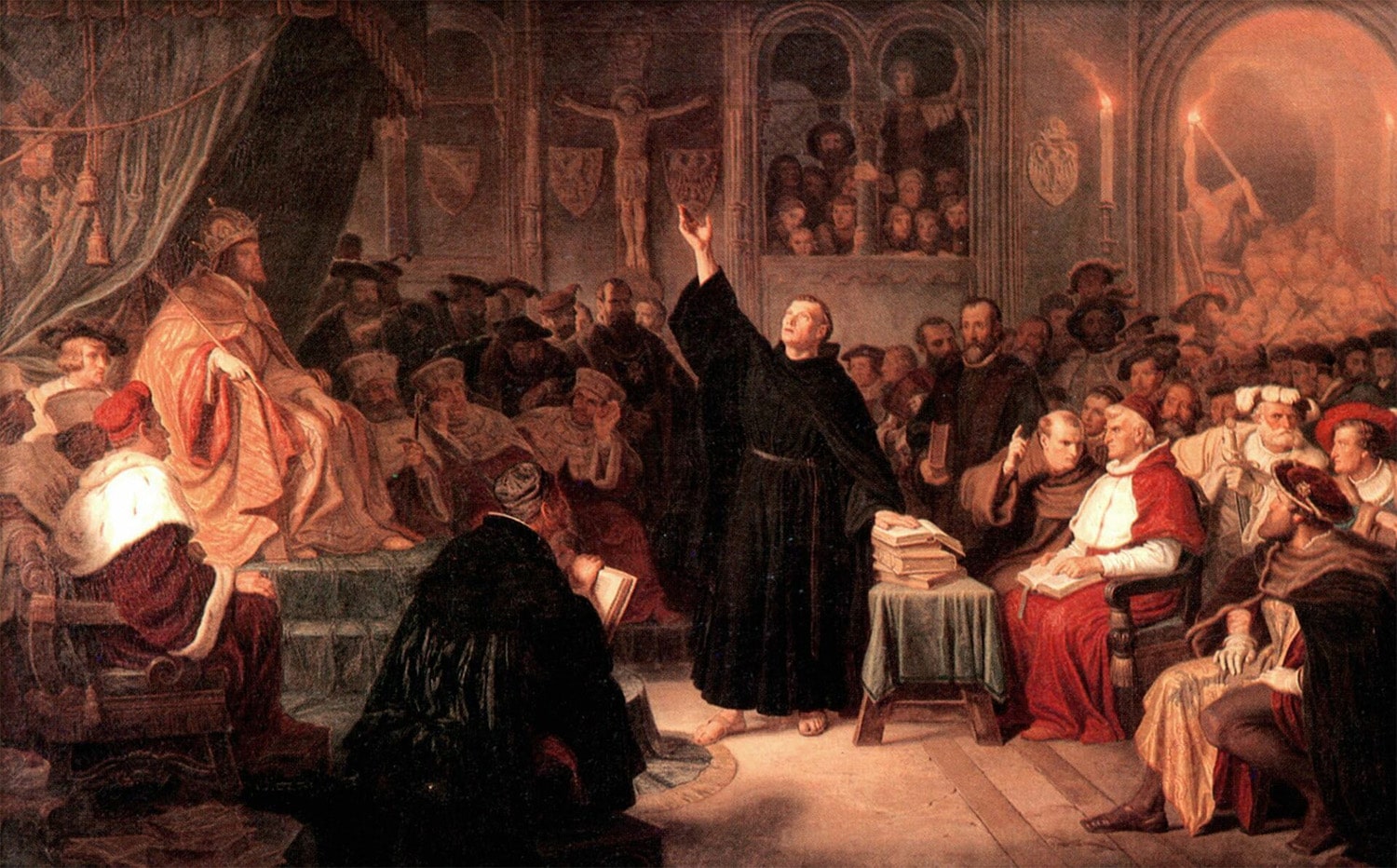
28 interesting facts about Protestant Reformation
- 👁️ 1222
The Protestant Reformation was a seismic event in history that reshaped the religious, political, and cultural landscape of Europe and beyond. Sparked in the early 16th century, this movement led to the fragmentation of the Roman Catholic Church and the emergence of Protestant churches. It was driven by profound theological disagreements, calls for reform, and the desire for greater access to the scriptures by the lay population. The Reformation introduced a period of religious turmoil, intellectual fervor, and drastic changes that affected millions of lives. Its repercussions are still felt today, underscoring its monumental impact on the course of Western civilization. Here are 28 interesting and informative facts about the Protestant Reformation that shed light on its complexity and enduring legacy.
- The Protestant Reformation began in 1517 when Martin Luther, a German monk, and theologian, nailed his 95 Theses to the door of the Castle Church in Wittenberg, Germany.
- Luther’s 95 Theses criticized the Catholic Church’s practice of selling indulgences and questioned the authority of the pope.
- The invention of the printing press around 1440 by Johannes Gutenberg played a crucial role in spreading Reformation ideas.
- John Calvin, another key figure of the Reformation, established a theocratic state in Geneva, Switzerland, and his teachings led to the formation of Calvinism.
- The Reformation led to the translation of the Bible into vernacular languages, making it more accessible to the general public.
- The Diet of Worms in 1521 was an assembly of the Holy Roman Empire that addressed Martin Luther’s teachings; Luther was declared an outlaw as a result.
- The Peace of Augsburg in 1555 allowed rulers within the Holy Roman Empire to choose either Lutheranism or Catholicism as their realm’s religion.
- Henry VIII’s desire for a male heir and his subsequent marital issues led to the English Reformation and the creation of the Church of England.
- The Counter-Reformation, or Catholic Reformation, was the Catholic Church’s response to the Reformation, involving internal reforms and the establishment of new religious orders like the Jesuits.
- The Council of Trent (1545-1563) was a cornerstone of the Counter-Reformation, addressing issues of church doctrine and practice.
- The Reformation contributed to the rise of national states in Europe as monarchs and princes gained religious as well as political independence from the papacy.
- Anabaptism emerged during the Reformation, advocating for adult baptism and influencing various modern Baptist, Mennonite, and Hutterite denominations.
- The St. Bartholomew’s Day Massacre in 1572 was one of the deadliest outbreaks of religious violence, with thousands of Huguenots (French Calvinists) killed by Catholic mobs.
- The Thirty Years’ War (1618-1648), one of the most destructive conflicts in European history, had its roots in the Reformation’s religious disputes.
- Predestination, the idea that God has predestined certain individuals for salvation, became a controversial and central doctrine in Calvinism.
- The Reformation led to the development of Protestant work ethic, a concept linking hard work, frugality, and prosperity with divine approval.
- Religious hymns and music became significant in Protestant worship, with composers like Martin Luther contributing hymns that are still sung today.
- The Pilgrims who sailed to the New World on the Mayflower in 1620 were English Calvinists seeking religious freedom.
- Ulrich Zwingli, a leader of the Reformation in Switzerland, clashed with Luther over the interpretation of the Eucharist.
- The Schmalkaldic League was a defensive alliance of Lutheran princes within the Holy Roman Empire, formed to protect themselves against Emperor Charles V’s attempts to enforce Catholicism.
- The Heidelberg Catechism, published in 1563, became one of the most influential doctrinal texts of the Reformation era.
- The Marburg Colloquy in 1529 was an attempt to resolve differences between Luther and Zwingli but ended in failure over the issue of Eucharistic presence.
- The Edict of Nantes in 1598 granted religious toleration to Huguenots in France but was revoked in 1685, leading to further persecution.
- Luther’s translation of the New Testament into German in 1522 made the scriptures more accessible and encouraged literacy among the laity.
- The Westminster Confession of Faith, formulated in 1646, is a foundational document for many Presbyterian churches worldwide.
- The Reformation emphasized the priesthood of all believers, challenging the hierarchical structure of the Catholic Church.
- Iconoclasm, the destruction of religious images, occurred in several regions affected by the Reformation.
- The Book of Common Prayer, compiled by Thomas Cranmer in 1549, standardized the liturgy in English and is still used in various forms in the Anglican Communion.
The Protestant Reformation was a watershed moment in history that reshaped not just the church but society as a whole. Its emphasis on scripture, individual faith, and the questioning of authority laid the groundwork for modern democracy, religious pluralism, and intellectual freedom. While it led to centuries of conflict, it also fostered a diverse landscape of belief and practice that enriches the world to this day. Understanding the Reformation helps us appreciate the complexity of human belief and the profound ways in which it can shape the world.

